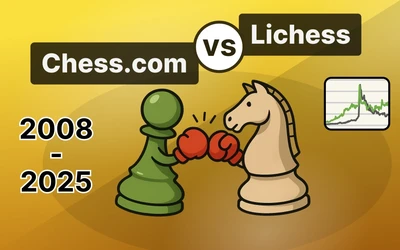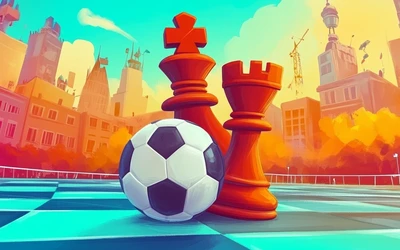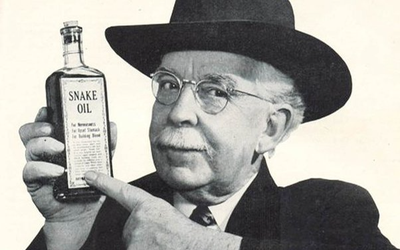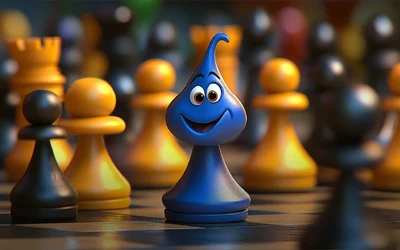
A Golden Cage
Why did I name this blog A Golden Cage?
Because in chess, just like in life, we sometimes stay too long in the comfort of what we already know. It feels safe, but its just a sweet illusion and a danger zone.
It was 2022,
An 11-year-old former student called me in the evening.
“Coach, tomorrow I’m paired against my co-leader. He always plays 1.d4 in all the main lines. I am okay with that too but I want something fresh.
What should I play?”
“How about trying something new?” I suggested.
He said. “Yes, tell me whatever it is.”
I had the Tango Opening in mind — dynamic, tricky, and a little offbeat.
“Let’s go with it,” I said.
The very next day, barely two hours after the round, my phone buzzed.
“I won, Coach! I won my first international open rating tournament!”
Winning an open rating tournament at the age of 11 is a big achievement anywhere. But in India — with its fierce, hungry competition — it’s even more special. As his coach, I couldn’t have been prouder.
Why the Tango Opening?
The Tango Opening (1.d4 Nf6 2.c4 Nc6) is a somewhat rare but solid and tricky response to 1.d4. It’s known for being a flexible system that can lead to many different types of positions. In this case, it was the perfect choice because:
- It’s a surprise weapon against a player likely well-prepared for more common defenses like the Queen’s Gambit Declined or the Nimzo-Indian.
- It takes the game out of main lines right from the start, forcing the opponent to think on their own.
- It creates complex, unbalanced positions where both sides have to fight for ideas, giving chances to play for a win.
The choice wasn’t random — it was a calculated risk designed to challenge the opponent while giving my student fresh, creative positions to work with.
A Personal Note
Personally, in my younger days, I didn’t have a coach. In a way, that helped me in discovering everything on my own — exploring openings, experimenting in various natures of positions, and learning purely through experience. There was no pressure of ratings or results.
When it came to practice, I was a self starter and the only path forward for me was simple: play more, learn more, and take part in as many tournaments as I could. That freedom to explore without fear shaped the way I look at chess today — and it’s why I encourage my students to step out of their own golden cages whenever they can.
But having a coach is very important and its a good privilege nowadays to grow quicker.
How to Truly Explore
Challenging yourself in chess is not limited to learning new openings. It could mean improving your endgame, sharpening your tactical vision, building positional understanding, or enhancing your psychological resilience.
What you need to work on depends on your level and playing style — and that’s where your coach comes in. A good coach knows your strengths, weaknesses, and growth areas better than anyone else. Always consult them before taking on a new challenge, so your efforts are focused where they’ll have the biggest impact.
- Short Time-Control Events: Gold Mines for Practice
Shorter events act as perfect laboratories for experimentation. They give you the freedom to:
*Try new approaches without fear of losing rating .
- Identify Your Weak Areas
Self-reflection is important, but pairing it with your coach’s feedback is even better. Once you know your weakest points, commit to improving them consistently.
- Learn Through Chess Books
Chess books remain one of the most effective training tools. They give you structured learning, timeless insights, and — most importantly — a mirror to reflect on your own understanding.
- Study Your Own Games
Review your past games, both wins and losses. Ask yourself:
Why did I choose this move?
What did I miss?
Could I have calculated deeper?
Annotating your own games builds self-awareness and makes your study sessions more targeted.
- Challenge Yourself Against Stronger Opponents
Playing against higher-rated players exposes you to ideas, patterns, and resourcefulness you might not encounter otherwise. Even if you lose, the learning value is immense.
- Experiment With Different Time Controls
If you’re a rapid player, try blitz. If you play blitz a lot, try classical. Each format develops different skills — from quick decision-making to deep calculation.
- Mix Practical Play with Theoretical Study
Don’t just read about chess — play and test the ideas. Theory without practice is like knowing the rules of swimming without ever jumping into the pool.
Lets take an example of our greatest of all time, Magnus Carlsen.
There is a reason why he knows as a universal World Champion!
Magnus Carlsen’s Opening Journey
Early Years (2002–2005)
Constant experimentation — 1.e4, 1.d4, 1.c4, 1.Nf3 as White.
Sicilian, Caro–Kann, Scandinavian, and 1...e5 as Black, plus multiple anti-1.d4 systems.
Goal: Learn all structures, not just memorize moves.
Climbing the Ranks (2006–2010)
Began refining — Queen’s Gambit Declined, Nimzo–Indian, Ruy Lopez.
Still rotated openings regularly.
Goal: Stay unpredictable.
Peak Years to World Champion (2011–2013)
World-class flexibility — from 1.e4 main lines to rare systems like 1.b3.
Sharp Sicilians one day, quiet 1...e5 games the next.
Goal: Be ready for any opponent in any position.
Takeaway: Magnus never let himself be trapped in a golden cage of comfort. His variety built understanding, adaptability, and confidence .
The Long Road, The Real Rewards
Yes, there will be challenges. In the short term, you may:
- See a dip in your rating.
- Feel confused in unfamiliar situations.
- Get frustrated when ideas don’t click right away.
But if you stick with it, the long-term rewards are enormous:
- Confidence in every phase of the game.
- Courage to take on any style or opponent.
- A deep, lasting joy in playing chess.
- A real boost in rating over time.
Most importantly, you’ll know yourself better as a player — your strengths, your weaknesses, and your ability to adapt.
Final Word of Caution
This isn’t a one-size-fits-all formula. The idea of stepping outside your golden cage depends heavily on your playing strength, goals, and current stage of development. For some, experimenting wildly might accelerate growth; for others, it could create unnecessary confusion.
Good luck!
CM Soham Datar
Coach and Founder @ Chessmonk Academy
Reach me out on Sohamdatar94@gmail.com to get started with your Chess journey!
Lets build it together :-)
You may also like
 CM Sohamchess64
CM Sohamchess64Earn your own progress by saving your games!
Hello! I am CM Soham Datar and I’m excited to share my chess journey, insights, and training tips wi… ChessMonitor_Stats
ChessMonitor_StatsWhere do Grandmasters play Chess? - Lichess vs. Chess.com
This is the first large-scale analysis of Grandmaster activity across Chess.com and Lichess from 200… FM MathiCasa
FM MathiCasaChess Football: A Fun and Creative Variant
Where chess pieces become "players" and the traditional chessboard turns into a soccer field CM HGabor
CM HGaborHow titled players lie to you
This post is a word of warning for the average club player. As the chess world is becoming increasin… TotalNoob69
TotalNoob69The REAL value of chess pieces
... according to Stockfish GM Avetik_ChessMood
GM Avetik_ChessMood